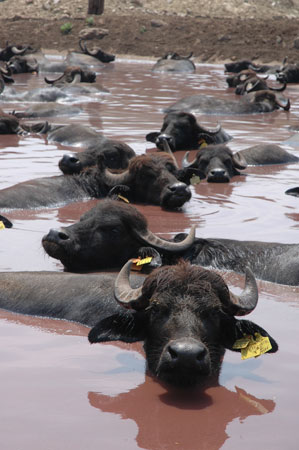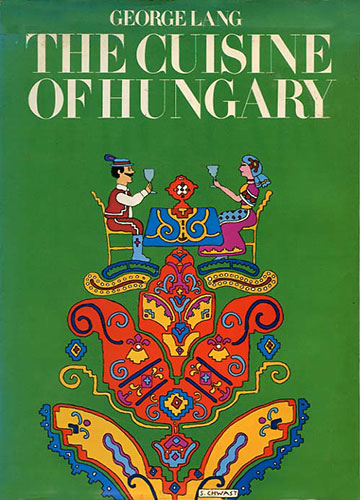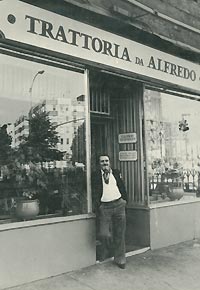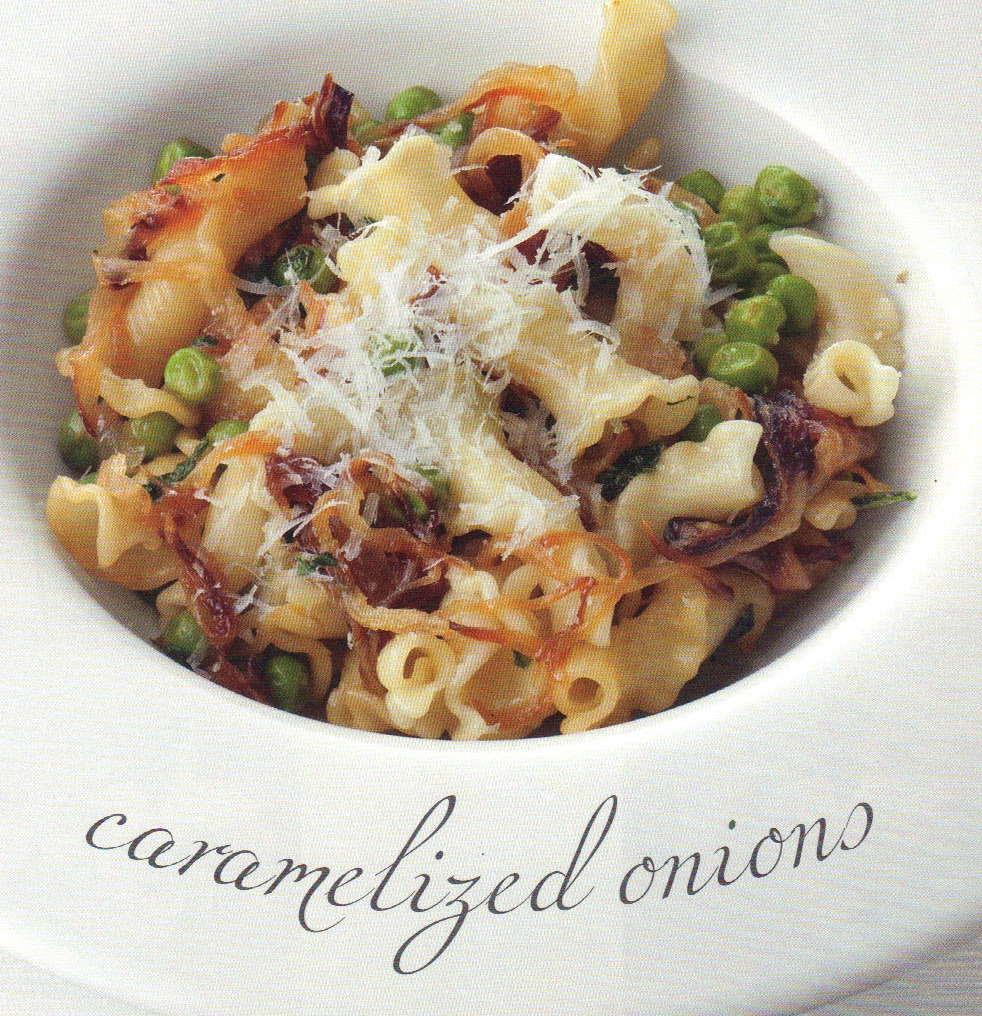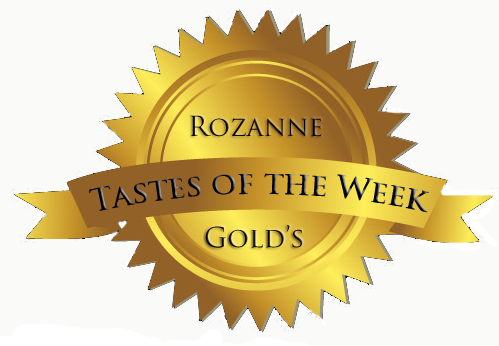 July 25 to July 31, 2011
The most unusual antipasti I have ever had in my life was at an agriturismo in Padula (near the dazzling monastery Certosa di San Lorenzo.) At “Fattoria Alvaneta” we had “horn of the goat” peppers (corno di capra), which are dried peppers, peperoni cruschi, that were deep-fried (peperoni fritte) until ethereally crispy. About 6 inches long and deep red in color, you are truly amazed at the unexpected texture – like shards of delectable mica. Peperoni cruschi (pronounced crew-ski) are the peppers used for making paprika dolce – which Cecilia uses for making her homemade pancetta. I was fascinated by the sweet, aromatic notes of the peppers and wonder why we don’t think, or know more about Italian paprika.
July 25 to July 31, 2011
The most unusual antipasti I have ever had in my life was at an agriturismo in Padula (near the dazzling monastery Certosa di San Lorenzo.) At “Fattoria Alvaneta” we had “horn of the goat” peppers (corno di capra), which are dried peppers, peperoni cruschi, that were deep-fried (peperoni fritte) until ethereally crispy. About 6 inches long and deep red in color, you are truly amazed at the unexpected texture – like shards of delectable mica. Peperoni cruschi (pronounced crew-ski) are the peppers used for making paprika dolce – which Cecilia uses for making her homemade pancetta. I was fascinated by the sweet, aromatic notes of the peppers and wonder why we don’t think, or know more about Italian paprika.
“Fattoria Alvaneta” was also home to the best and most interesting array of antipasti we’ve encountered anywhere: sauteed escarole with green olives, homemade pancetta and guanciale (made with the wonderful paprika), fresh ricotta cheese with honey and toasted walnuts, the same “dried-and-fried” crispy peppers mixed with scrambled eggs, rospi – balls of fried pizza dough with anchovies (we were surprised how light they were), oil-soaked tomato bruschetta, and an unusual bean and grain soup (made from 13 ingredients!) called Cuccia. What followed? Fresh cavatelli with pepperoni cruschi, and polpette di pane (bread balls! fabulous!) served with a wonderful tomato sauce and a side dish of mashed potatoes, both flavored and colored with paprika.
A last dinner of braised water buffalo at Tenuta Seliano, beautifully cooked and very tasty, alongside a “compote” of braised green peppers and tomatoes. Dessert was our first panna cotta on this trip. It was topped with a fresh raspberry sauce. At breakfast the next morning, we sampled the cakes Cecilia made for us – a chestnut cake made with chestnut flour, ricotta and yellow raisins, and a very interesting carrot cake made with a puree of pears and coarsely shredded lemon peel.
A real Neapolitan espresso (across from the Duomo in Naples) where the “head” or the “crema” is twice as big as the espresso! (My husband bought a great suit next door!)
Lovely pizza at restaurant Europeo di Mattozzi, and excellent fried whitebait and a bean soup made from fresh beans, great olive oil and toast.
Fabulous cheap pasta at restaurant Nennella – one of the real finds of the trip. Paccheri with a light tomato-basil sauce and also paccheri with zucca (pumpkin) and tiny shrimp. The zucca tasted of the shrimp water and was delicious.
Unexpectedly great, at another “worker’s place” called Cucina di Mamma where you can have an entire lunch for 7 euros, we opted instead for the best fresh mozzarella, a salad caprese (made with cherry tomatoes) and a big plate of tender chilled octopus. This was followed by spaghetti with a fresh cherry tomato sauce and a marvelous steamed lobster! About 30 euros with wine and sparkling water.
A wonderful, soulful, beautiful dinner at Taverna dell’Arte. The restaurant and owner Alphonso, were recently featured in John Turturro’s new movie Passione (about the soul, life and music of Naples). Bruschetta with Sicilian pesto (basil and almonds), a dry, pungent cheese from Sicily, polenta fritte, and black olive and cheese stuffed Roma tomatoes for starters. Terrific gnocchi with mussels and squid, and veal meatballs with marsala and mushrooms. The ambiance was lovely and felt authentically Neapolitan. The main course was followed by a “palate cleaner” of a basil and lemon sorbetto, followed by a shot of Rosolio (a wonderful liqueur made from a local apple), and peaches marinated in white wine.
We’ve also been walking 5 hours a day to keep up with all this! Ciao, ciao.
